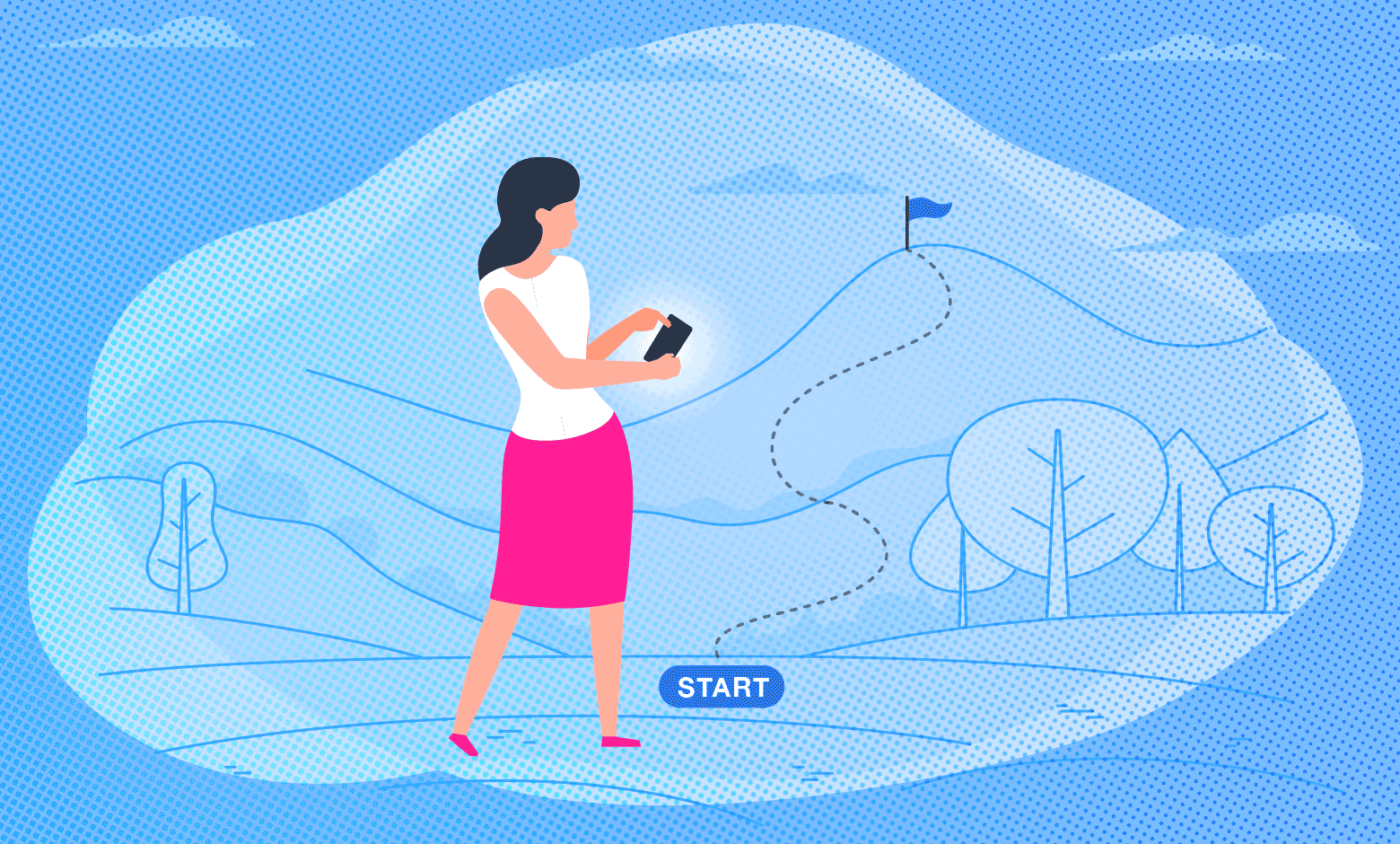
In recent years, companies have been focusing on digitizing their customer experience to empower their customers online. Social distancing measures have only accelerated this trend, so it’s more critical than ever for businesses that depend on brick and mortar locations, face-to-face interactions or traditional paperwork to take action and implement an end-to-end digital customer journey.
Organizations that provide a comprehensive digital experience make their operations more flexible and scalable. They also differentiate themselves from competitors by offering the excellent service and control that customers expect. With powerful online tools at their fingertips, customers are now making large, complex and life-changing decisions and purchases completely online, without seeing physical products or speaking with anyone.
Combining a customer-centric approach with modern technology can transform traditional product and service offerings, and lead to game-changing results. Familiar examples include Rocket Mortgage’s “Push button, get mortgage” approach to the cumbersome mortgage application process, and Carvana’s turnkey model that allows customers to find and finance vehicles and have them delivered to their door without ever speaking to a salesperson.
While these are large-scale examples, the same approach can be applied on a smaller scale to remove friction when selling any product or service. Standard web technologies may be used to create user-friendly interfaces for your prospects and customers, and connect existing internal systems to remove any barriers to doing business.
Start with a digital customer journey map
To get started, create a digital customer journey map that outlines the ideal path for customers, from becoming aware of your offerings to becoming a strong customer advocate for your brand. These are some examples of areas in your customer journey that may need attention before you digitize the customer experience:
- Awareness
- Is your brand prominent enough on the channels where your audience is today (search engines, social channels, affiliated websites, etc.) to generate leads?
- Do your website and other digital communications include the engaging content (copy, photography, video) needed to thoroughly showcase your offerings and generate interest? Rich media – such as videos or motion graphics – is proven to create an engaging customer experience, leading to a higher interaction rate.
- Research
- Do you offer digital tools (product selection, visualization/build your own, value calculators, FAQs) that help users connect with your products or answer common questions (Which product is right for me? or What cost savings or performance increase can I expect?)?
- Do you offer enough educational and value-added content (blog posts, newsletters, etc) to highlight your knowledge and expertise and build credibility?
- Do you utilize landing pages that speak directly to your various audience segments? Tailoring specific messaging and imagery is proven to improve conversion rates and sales.
- Consideration
- Do you make it easy for users to engage with sales to ask questions or request more information? This includes online request forms, live chat, text messaging, and video conferencing.
- Can customers generate estimates and proposals online?
- Do communications integrate with a marketing automation platform and/or your CRM to help automate quick, consistent and targeted follow up with prospects? Platforms like Hubspot, Marketo and Pardot trigger automatic, personalized follow-up at the right intervals and keep customers moving through the funnel.
- Purchase
- Do you offer e-commerce functionality that allows a customer to securely buy online?
- Are any contracts leveraging digital workflows and signatures to make signing paperwork quick and easy for customers?
- Do you provide customers with online profiles/accounts to track the status of their projects or orders and make updates?
- Retention & Advocacy
- Do you offer online support tools to allow customers to find guidance for common problems or request help?
- Do you routinely collect feedback from customers to ensure they’re satisfied, resolve any issues and improve your processes?
- Do you provide customers with reporting to show how they’re benefitting from your product or service?
- Do you use automation to personalize and streamline communications with existing customers?
- Do you offer social sharing features to allow customers to easily provide recommendations and referrals?
A digital customer journey map will clearly highlight the biggest obstacles that customers must overcome to do business with you. Prioritize the biggest challenges as the biggest opportunities to make a customer impact and pursue each as individual initiatives. By focusing on one project at a time using an agile process, you’ll improve the customer experience to ultimately help your company realize the benefits and success that a digital transformation offers.





